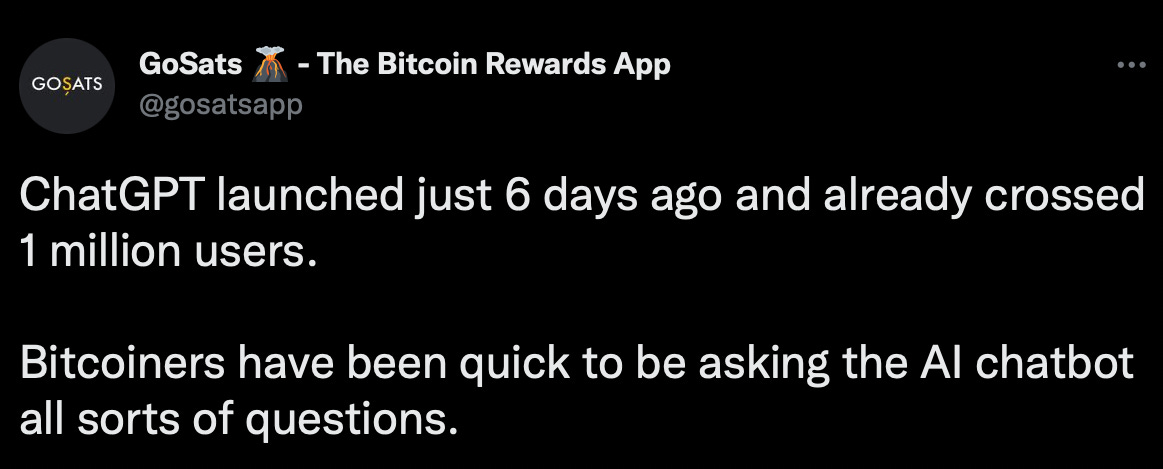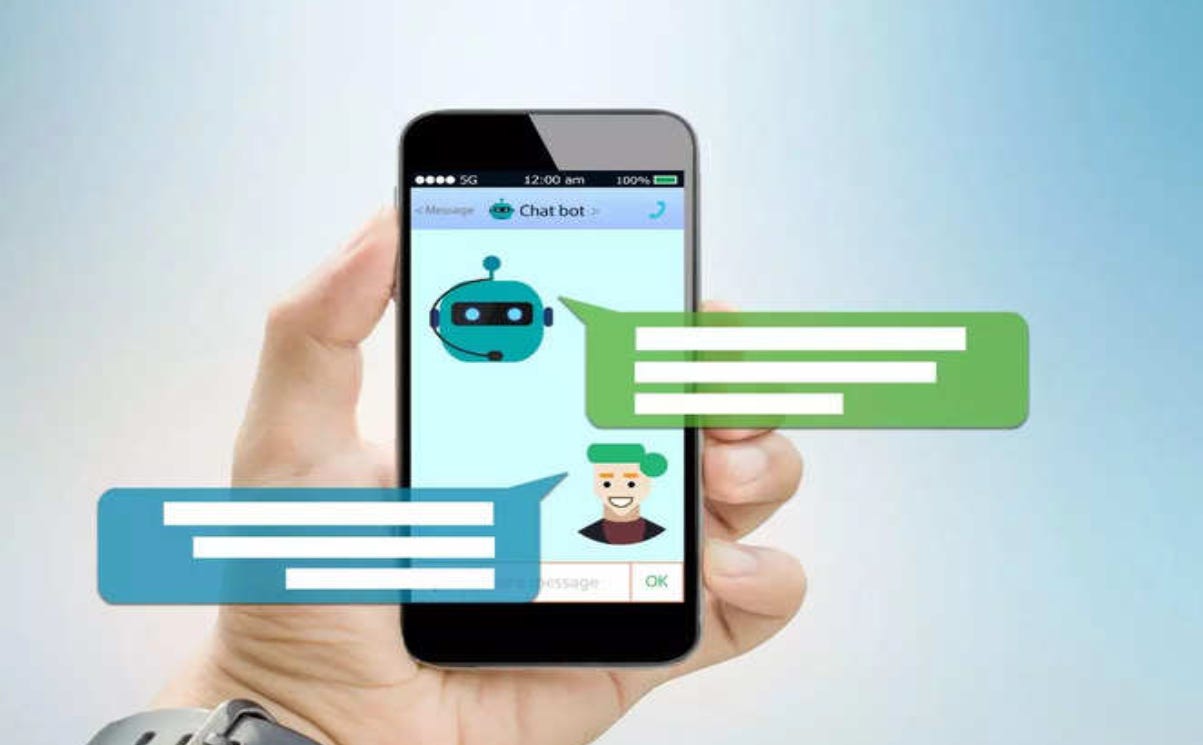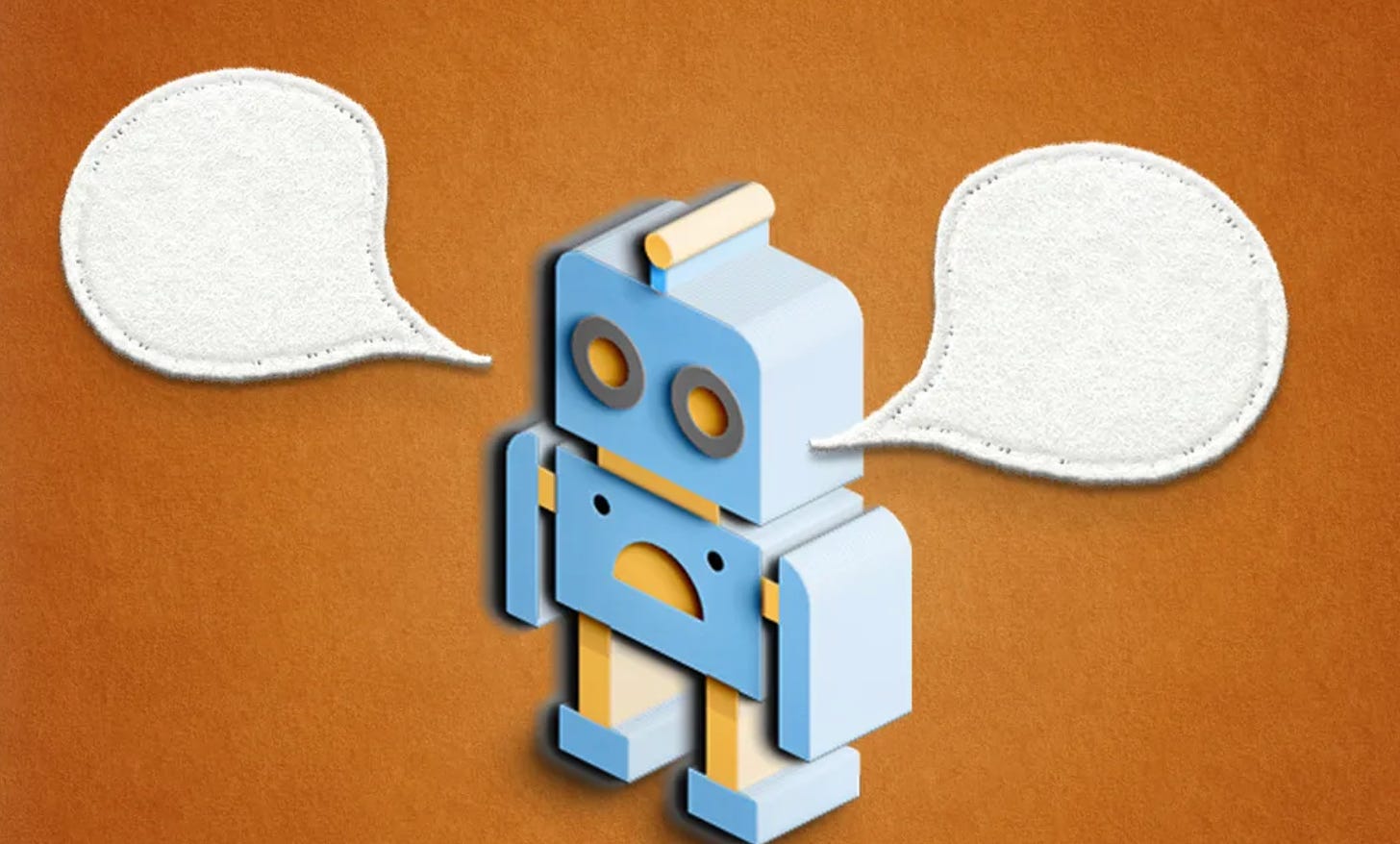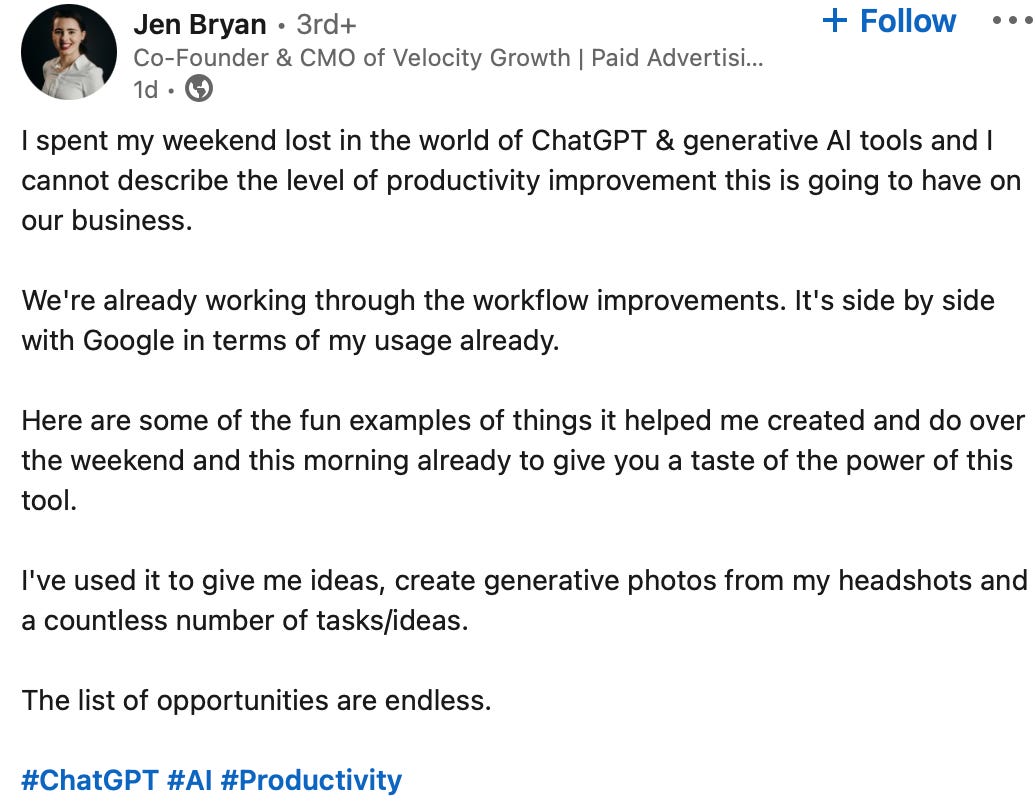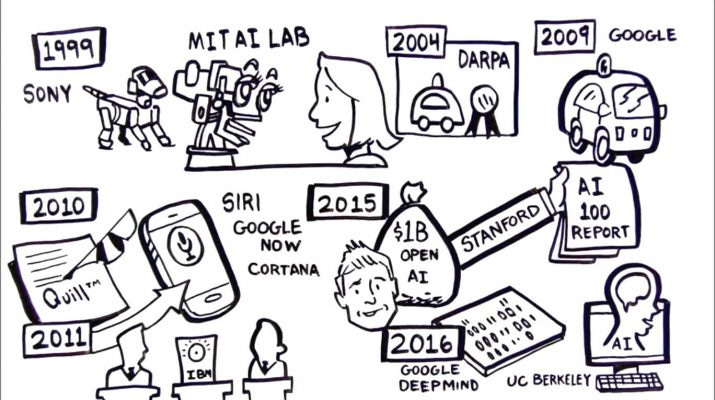ChatGPT To Replace Humans? Nah, Don’t worry 😎
Hello Readers,
On HTE’s special edition today we have something that you would be excited to know. 🤘🏻
So, let's not delay and get the reading started. 📖
Well, the new ChatGPT has blown our minds and it's trending across the world.
We will give you an idea of how it works in detail and this will surely improve your knowledge about the AI bot. 🤖
We all are quite confused. Will this new AI bot replace humans? 👩🏻💻
Don’t worry, we have got you covered. Read up to know more about ChatGPT and its invasion of today's world.
Before we begin, check this out 👇
What exactly is OpenAI's ChatGPT chatbot, and why has it gone viral?
OpenAI, best known for its AI-based text-to-image converter Dall-E, unveiled a new chatbot termed ChatGPT last week. ChatGPT is a 'conversational' AI that will answer questions like a human. What??? That's quite interesting. 🤭
So, for example, one can ask ChatGPT for advice on how to plan for Christmas, an essay on How To E-Commerce, or even a fictional encounter between two well-known people.
ChatGPT has become widespread because of the type of responses it generates, and it is now considered a replacement for much of the daily boring writing, from emails to college-style essays.
But what exactly is ChatGPT, and is it a viable replacement for humans? We'll explain. 🤔
ChatGPT, a start-up focused on artificial intelligence and its possible applications, was founded by OpenAI. Microsoft, Khosla Ventures, and Reid Hoffman's philanthropic organization are among OpenAI's major investors.
ChatGPT, according to OpenAI, can answer "follow-up inquiries" and "admit its mistakes, debate faulty premises, and reject improper requests." It is based on the GPT 3.5 series of language learning models developed by the business.
GPT is an abbreviation for Generative Pre-trained Transformer 3, which is a computer language model that uses deep learning techniques to generate human-like text based on inputs.
The model is taught to predict what will happen next, which is why one may theoretically have a "conversation" with ChatGPT. The chatbot was also taught using "Reinforcement Learning from Human Feedback (RLHF)," as per OpenAI's blog post about ChatGPT.
They used supervised fine-tuning to train an initial model: human AI trainers gave interactions in which they played both sides: the user and an AI assistant. They provided the trainers with access to model-written ideas to assist them in composing their responses and writing the blog on how this was constructed.
It is currently available in beta to all users. To try out ChatGPT, go to the OpenAI website and sign up. To use this service, you must first register an account with OpenAI. The chatbot has already reached one million users, and you may receive an alert that the beta period is over.
ChatGPT has been trained to refuse 'inappropriate' queries, presumably ones that are 'illegal' in nature. However, it should be emphasized that ChatGPT has limits, since it may provide erroneous information and "bias material." More crucially, the chatbot's understanding of the world and events following 2021 is limited.
What's the big deal about ChatGPT?
ChatGPT has sparked so much debate because of the types of responses it provides. It is viewed as a replacement for standard emails, party planning lists, CVs, and even college essays and homework. As seen by the examples, it can also be used to write code. Some samples released on Twitter demonstrated how the chatbot could be used to compose four-page essays, solve arithmetic equations, and even detect coding errors.
However, even OpenAi recognizes that the AI's responses are not without problems. It is noted that the chatbot may occasionally provide "plausible-sounding yet wrong or nonsensical answers." Users can choose to downvote or upvote a response. According to OpenAI, the chatbot may overuse particular phrases due to "biases in the training data..."
Some, however, drew attention to the chatbot's blatantly racist and sexist biases, which persist in practically all AI models. Steven T. Piantadosi, a professor at UC Berkeley and the director of the school's "Computation and language lab," was one of several to call attention to this. He provided a Twitter thread with examples.
Sam Altman, the CEO of OpenAI, also responded to the thread and urged him to "hit the thumbs down on these," calling them offensive to aid the AI's development.
Will ChatGPT eventually replace humans?
Although some have noted that the chatbot's responses lack context and depth, this is mostly true. The chatbot still provides well-written, grammatically correct responses.
Yes, but not yet, at least not at the level of a person. Additionally, OpenAI is not the only business attempting to use AI to replace writers.
Recently, Google demonstrated how its LaMDA chatbot was being used to assist in fiction writing, but it also acknowledged that this was merely a temporary solution that could not take over the full process. However, ChatGPT is an intriguing application of AI in which users can interact in real-time with a chatbot.
Simply put, bots and people have different skills, so savvy firms won't try to replace one with the other instead of figuring out how to use them together to win.
Finding the most effective ways for humans and bots to collaborate and truly benefit from one another in customer service is the true difficulty.
Your customer service will improve when your team works together more closely and shares more information.
However, the chatbot lacks the complexity, critical-thinking skills, and moral judgment necessary for successful journalism at this point.
Some queries and searches are rendered useless because the current database expires in 2021.
According to the company, ChatGPT can even write "plausible-sounding but inaccurate or illogical answers," presenting completely incorrect solutions and current falsehoods as fact.
According to OpenAI, solving this problem is challenging since the knowledge they use to train the mannequin lacks a reliable source of truth, and supervised training might be misleading because "the best solution depends on what the model knows, rather than what the human demonstrator knows,"
Methods
They needed comparison data, which included at least two model replies ranked by quality, to build a reward model for reinforcement learning. We used the chatbot interactions that AI trainers conducted with it to get this data. They chose a model-written statement at random, sampled several potential conclusions, and asked AI trainers to rank them. We can use Proximal Policy Optimization to adjust the model using these reward models. This method was iterated upon multiple times.
The model used to train ChatGPT, which ended training in early 2022, is from the GPT-3.5 series. The 3.5 series is covered in more detail here. On a supercomputing infrastructure powered by Azure AI, ChatGPT and GPT 3.5 were trained.
Here is what one of the users said 🤔
The research release of ChatGPT that was made today is the most recent development in OpenAI's iterative rollout of increasingly reliable and practical AI technologies.
The safety mitigations in place for this release have been informed by several lessons learned from the deployment of prior models like GPT-3 and Codex, particularly the significant reductions in harmful and untruthful outputs gained by the application of reinforcement learning from human input.
History of AI Writing
For researchers, the term "artificial intelligence" and the related technologies are not new. As opposed to what you would think, this technology is considerably older. Even in Greek and Egyptian tales, there are stories about mechanical men. The milestones in AI history listed below illustrate the progression from the first generation of AI to its current state.
The word "AI" was first used in 1956 at Dartmouth College. Marvin Minsky, a cognitive scientist, was upbeat about the potential of the technology. Government funding in the field decreased during the "AI winter" years of 1974–1980 when many criticized the pace of advancement.
The British government then resumed supporting the technology because they were concerned about competition from the Japanese, which rekindled the enthusiasm in the 1980s. History was made in 1997 when IBM's Deep Blue became the first machine to defeat a Russian Grandmaster.
We all use Google excessively to look up the answers to our daily inquiries. Can we trust ChatGPT to provide the same. Even though the model uses the most recent technologies, it has several drawbacks.
Professionals are highlighting the platform's drawbacks. Therefore, the basic answer to the question, "Can ChatGPT replace Google search or humans?" is no. At least right now.




